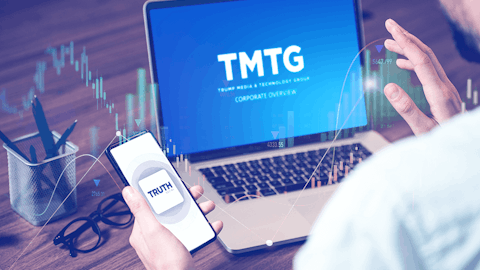Including crypto ETFs in a balanced portfolio is gaining traction with both retail and institutional investors. Whether they truly belong depends on a few critical factors: how they influence diversification, the amount of risk involved, and what the end goal of the portfolio really is.
The balance between accessibility and security is an important consideration for many financial innovations, and it’s a theme that’s deeply relevant to the growing interest in crypto ETFs. Think about how industries like fintech and iGaming manage the delicate balance between convenience, privacy, and regulation.

Fintech platforms like Revolut, Wise, and Cash App are built on promises of instant access and simplified financial management, but they also operate in a tightly regulated environment. They need to verify user identities, prevent fraud, and comply with financial laws, all without making the user experience a hassle. They have to balance ease of use with strong identity verification and data protection.
This constant trade-off between speed and security shows up in other sectors, too. iGaming experiences something very similar. While customers may have the benefits of fast and multiple payment methods, this hopefully comes with a level of unparalleled privacy. Take no-account casinos, for instance, which promise players a quick, anonymous gaming experience. Gambling expert Matt Bastock explores answers to the question: ‘Are no-account casinos really anonymous?’ These answers hint at the critical importance of balancing convenience with security. Just as consumers in fintech and iGaming demand seamless access alongside trustworthy protections, investors are increasingly looking for the same in their financial tools. As the appeal of crypto grows, the question becomes whether financial products like crypto ETFs can strike the right balance between easy exposure to digital assets and the necessary safeguards that protect investors from excessive risk and volatility.
On one hand, crypto has shown low correlation with traditional investments like stocks and bonds. Historically, crypto’s low correlation with traditional assets has the potential to smooth out portfolio performance. A small allocation might actually boost long-term performance if the crypto market does well and the rest of the portfolio doesn’t move in lockstep.
That said, volatility in the crypto space is no joke. Bitcoin, for example, can jump or fall 10% or more in a single day. If a crypto ETF is tracking that kind of movement, it’s going to bring the same wild swings into the broader portfolio. That’s why most experts suggest a small allocation, typically between 1% and 5%, so the crypto portion doesn’t dominate performance.
Crypto ETFs are convenient: no special platforms or technical skills needed, and they’re managed through the same systems as stocks or mutual funds. Many are actively managed, with professionals handling coin selection and market shifts. They also come with regulatory oversight, unlike direct crypto purchases.
The downsides? Higher fees than typical ETFs, no direct asset ownership, and an unstable regulatory environment. Any major decision from government agencies could ripple through the market and affect the performance of these funds.
Tech companies tied to public sector contracts have already seen what that looks like. AI stocks, for example, have taken a hit this year as concerns around reduced government spending triggered investor pullback. That kind of response isn’t limited to one sector. Crypto ETFs, especially those exposed to institutional flows or regulatory shifts, can face the same whiplash when policy changes make headlines.
For those looking to include a crypto ETF, a few things help keep the risk manageable. First, start with a small allocation as discussed above, enough to benefit from possible growth, but not so much that a crash would cause serious damage. Second, keep an eye on performance and rebalance periodically. Crypto gains can pile up quickly and throw off the intended mix. Lastly, be realistic. Crypto ETFs are not a shortcut to wealth. They’re a tool, and like any tool, they’re only useful when they fit the broader job.
A few standout ETFs are already attracting attention. Riot Platforms Inc. (NASDAQ: RIOT) and Coinbase Global Inc. (NASDAQ: COIN) are being used in institutional plays on digital assets. These stocks often show up as top holdings for ETFs like Fidelity’s crypto-focused products, which aim to blend crypto exposure with traditional finance appeal. There’s also growing interest in ETFs that hold mining companies or tech providers, not just the currencies themselves.
So maybe crypto ETFs aren’t for everyone. They offer potential, sure, but only if treated with caution and integrated carefully into a well-structured investment strategy. They’re not essential for every portfolio, but in the right context, they can contribute meaningfully without taking on too much risk. What matters is making sure crypto ETFs support clear goals such as risk-adjusted growth or diversification, without overwhelming the broader portfolio strategy.





